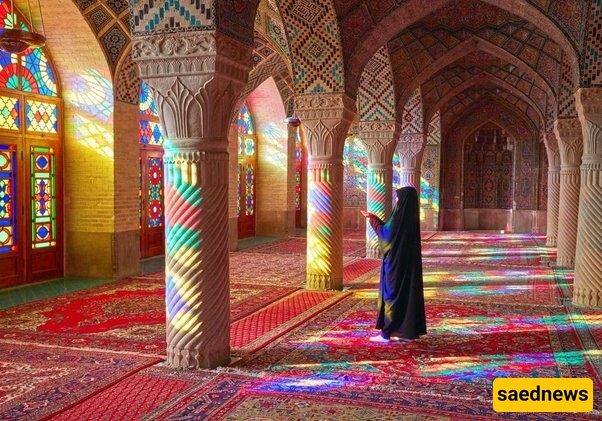SAEDNEWS: The history of how Iran welcomed Islam.

SAEDNEWS: The Islamization of Iran was the spread of Islam in formerly Sassanid Iran as a result of the Muslim conquest of the empire in 633–654. It was a long process by which Islam, though initially rejected, eventually spread among the population on the Iranian Plateau. Iranian peoples have maintained certain pre-Islamic traditions, including their language and culture, and adapted them with Islamic codes. These two customs and traditions merged as the "Iranian Islamic" identity.
The Islamization of Iran was to yield deep transformations within the cultural, scientific, and political structure of Iran's society: The blossoming of Persian literature, philosophy, medicine and art became major elements of the newly forming Muslim civilization. Integrating a heritage of thousands of years of civilization, and being at the "crossroads of the major cultural highways", contributed to Persia emerging at the forefront of what culminated as the "Islamic Golden Age".

